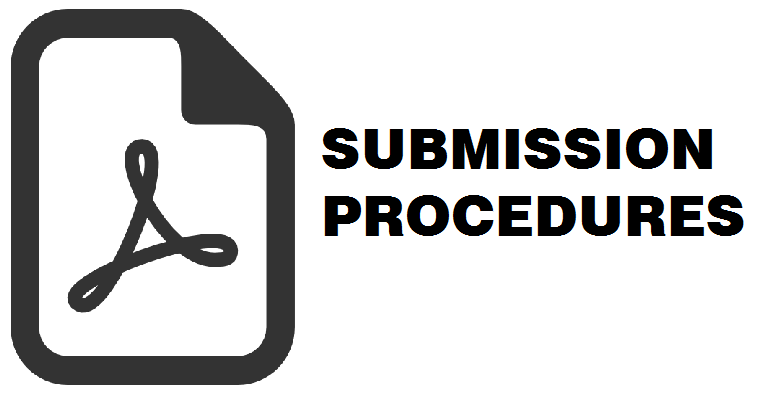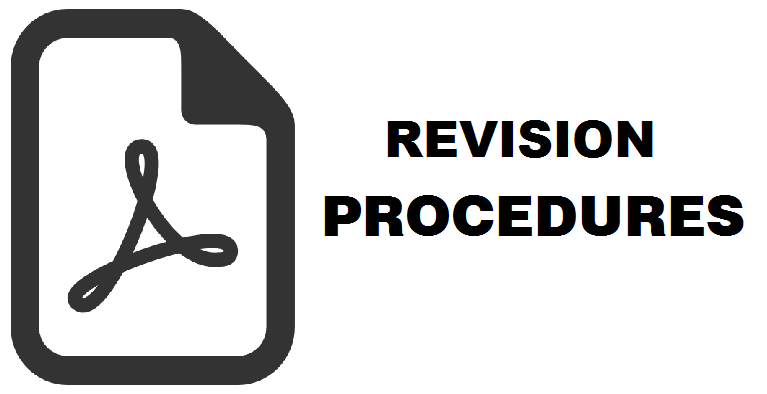Bandwidth Modelling on Geographically Weighted Regression with Bisquare Adaptive Method using Kriging Interpolation for Land Price Estimation Model
Alfita Puspa Handayani(1*), Albertus Deliar(2), Irawan Sumarto(3), Ibnu Syabri(4)
(1) Faculty of Earth Science and Technology, Institut Teknologi Bandung, Indonesia.
(2) Faculty of Earth Science and Technology, Institut Teknologi Bandung, Indonesia.
(3) Faculty of Earth Science and Technology, Institut Teknologi Bandung, Indonesia.
(4) Faculty of Earth Science and Technology, Institut Teknologi Bandung, Indonesia.
(*) Corresponding Author
Abstract
Land prices, especially in an urban area, are dynamically changing. To be able to do an evaluation, the right models must have the ability to understand land price characteristics that also dynamically changing. Every land price must attach to a location (spatial based). One of the locations (spatial based) models is Geographically Weighted Regression (GWR). This model can provide a local model based on the concept of attachment between observation and regression points. The main component is the determination of Optimum Bandwidth, which will determine the accuracy of the final GWR model. In the bandwidth process, it is necessary to do trial and error to get the Optimum Bandwidth value. Cross-Validation method commonly used to determine optimum bandwidth on observation point, but this study aims to minimize the process of trial and error in determining optimal bandwidth outside the observation point by using kriging interpolation. The Kriging method can substantially provide better bandwidth usage without having to do a trial process with too many errors.
Keywords
Full Text:
PDFReferences
Agnes, D., Nandatama, A., Isdyantoko, B. A., Nugraha, F. A., Ghivarry, G., Aghni, P. P., … Widayani, P. (2016). Remote sensing and GIS-based site suitability analysis for tourism development in Gili Indah, East Lombok. IOP Conference Series: Earth and Environmental Science, 47(1), 1–4. https://doi.org/10.1088/1755-1315/47/1/012013
Biswas, A., & Cheng, B. (2013). Model Averaging for Semivariogram Model Parameters. Advances in Agrophysical Research. https://doi.org/10.5772/52339
Carr, J. R. (1994). Numerical Analysis for the Geological Sciences (1st ed.). London,UK: Pearson College Div.
Dziauddin, M. F., & Idris, Z. (2017). Use of geographically weighted regression (gwr) method to estimate the effects of location attributes on the residential property values. Indonesian Journal of Geography, 49(1), 97–110. https://doi.org/10.22146/ijg.27036
ESRI. (2018). Geographically Weighted Regression (GWR). Retrieved January 1, 2019, from http://desktop.arcgis.com/en/arcmap/10.3/tools/spatial-statistics-toolbox/geographically-weighted-regression.htm
Fotheringham, A. S., Brunsdon, C., & Charlton, M. (2002). Geographically Weighted Regression: The Analysis of Spatially Varying Relationships (1st ed.). Hoboken, NJ: John Wiley & Sons, Inc.
Kemp, K. K. (2008). Encyclopedia of Geographic Information Science. Thousand Oaks, CA: SAGE Publications.
Krivoruchko, K., Gribov, A., & Krause, E. (2011). Multivariate areal interpolation for continuous and count data. Procedia Environmental Sciences, 3, 14–19. https://doi.org/10.1016/j.proenv.2011.02.004
Li, J., & Heap, A. D. (2008). A Review of Spatial Interpolation Methods for Environmental Scientists (1st ed., Vol. 16). https://doi.org/10.1097/phh.0b013e3181e31d09
Manson, S. M., Burrough, P. A., & McDonnell, R. A. (1999). Principles of Geographical Information Systems: Spatial Information Systems and Geostatistics. Economic Geography, 75(4), 422. https://doi.org/10.2307/144481
Meng, Q. (2014). Regression Kriging versus Geographically Weighted Regression for Spatial Interpolation. International Journal of Advanced Remote Sensing and GIS, 3(1), 606–615.
Nakaya, T. (2007). Geographically weighted regression. In K. K. Kemp (Ed.), Encyclopedia of Geographical Information Science (pp. 179–184). Thousand Oaks, CA: SAGE Publications.
Nanja, M., & Purwanto, P. (2015). Metode K-Nearest Neighbor Berbasis Forward Selection Untuk Prediksi Harga Komoditi Lada. Jurnal Pseudocode, 2(1), 53 – 64.
Schabenberger, O., & Gotway, C. A. (2004). Statistical Methods for Spatial Data Analysis (1st ed.). Boca Raton, FL: Chapman & Hall/CRC.
Sevilla, C. G., Ochave, J. T., Punsalan, T. G., Regala, B. P., & Uriarte, G. G. (1984). An introduction to research methods. Manila, Phillipines: Rex Book Store.
Szymanowski, M., & Kryza, M. (2012). Local regression models for spatial interpolation of urban heat island-an example from Wrocław, SW Poland. Theoretical and Applied Climatology, 108(1–2), 53–71. https://doi.org/10.1007/s00704-011-0517-6
Tobler, W. R. (1970). A Computer Movie Simulating Urban Growth in the Detroit Region. Economic Geography, 46(June 1970), 234–240. https://doi.org/10.2307/143141
Wand, M. P., & Jones, M. C. (1995). Kernel smoothing (1st ed.). London,UK: Chapman & Hall.
Wang, M., He, G., Zhang, Z., Wang, G., Zhang, Z., Cao, X., … Liu, X. (2017). Comparison of spatial interpolation and regression analysis models for an estimation of monthly near surface air temperature in China. Remote Sensing, 9(12), 1–16. https://doi.org/10.3390/rs9121278
Ward, M. D., & Gleditsch, K. S. (2008). Spatial Regression Models (Quantitative Applications in the Social Sciences) (1st ed.). Thousand Oaks, CA: SAGE Publications.
Yang, Y., Tong, X., & Zhu, J. (2013). A geographically weighted model of the regression between grain production and typical factors for the Yellow River Delta. Mathematical and Computer Modelling, 58(3–4), 582–587. https://doi.org/10.1016/j.mcm.2011.10.062
Yu, D.-L. (2006). Spatially varying development mechanisms in the Greater Beijing Area: a geographically weighted regression investigation. The Annals of Regional Science, 40(1), 173–190. https://doi.org/10.1007/s00168-005-0038-2.
Article Metrics
Refbacks
- There are currently no refbacks.
Copyright (c) 2020 Alfita Puspa Handayani, Andri Hernandi, Sella Nurmaulia

This work is licensed under a Creative Commons Attribution-NonCommercial 4.0 International License.
Accredited Journal, Based on Decree of the Minister of Research, Technology and Higher Education, Republic of Indonesia Number 225/E/KPT/2022, Vol 54 No 1 the Year 2022 - Vol 58 No 2 the Year 2026 (accreditation certificate download)
ISSN 2354-9114 (online), ISSN 0024-9521 (print)









